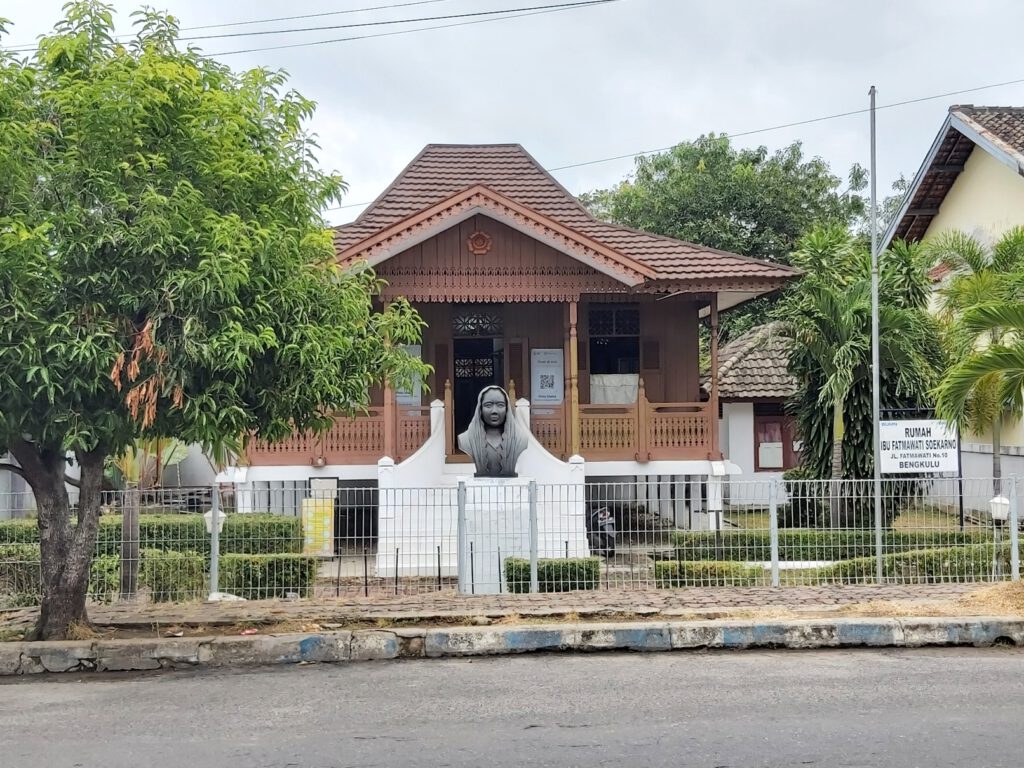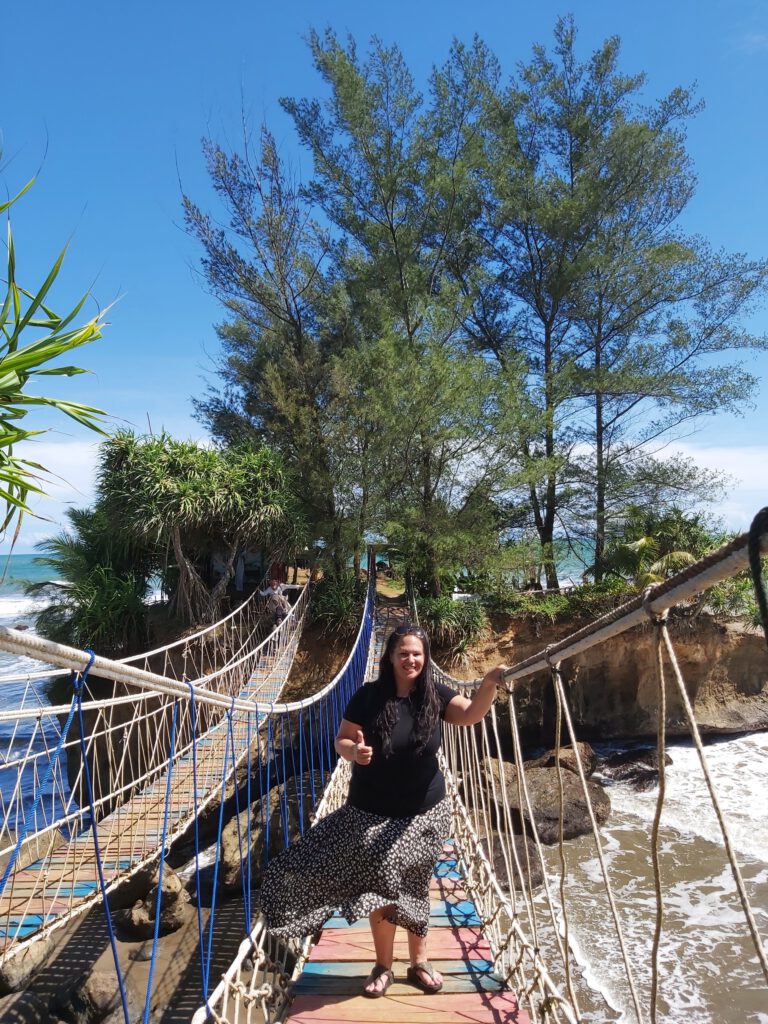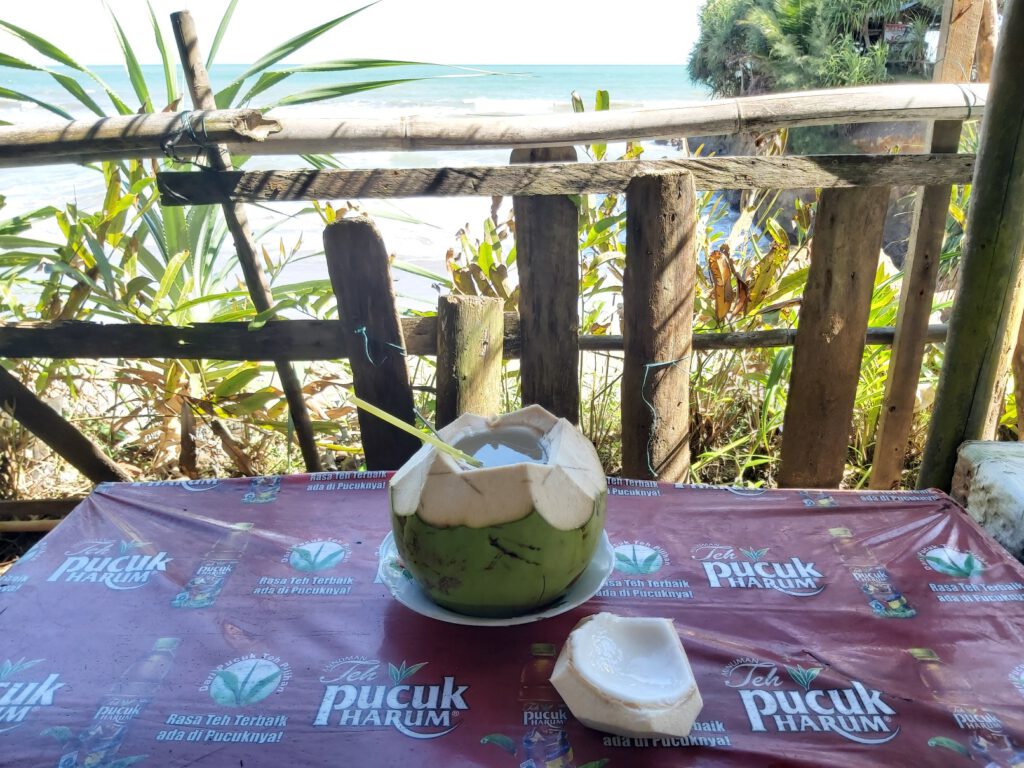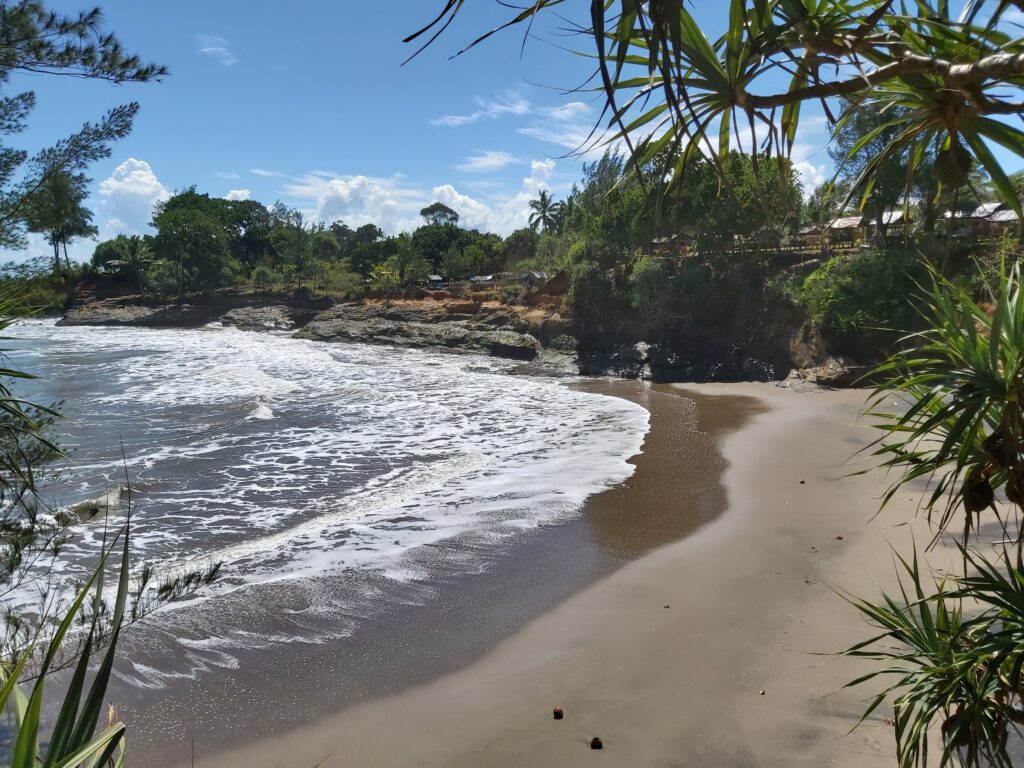History
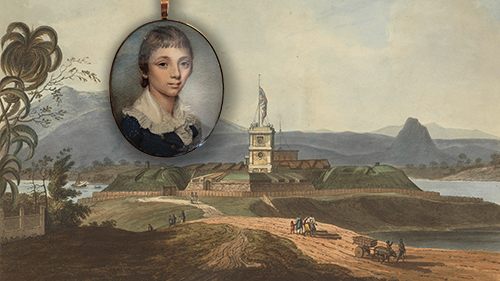
My ancestors lived in Bengkulu. These are the first ones I was able to track down. He (Henry) came from Scotland (or England) around 1781 and she was an Indonesian. They were married and had 4 children. All of them worked at Fort Marlborough. The father in the defence force, the sons in civil services and the daughter was the surgeon’s assistant. I couldn’t find much information about the mother, except that they all loved her very much and she raised her children with Indonesian culture and values. She also taught them to speak Malay.
Bengkulu is located in the southeast of Sumatra. It was founded by the East India Company as their new commercial centre for the region in 1685. In those days the EIC controlled the spice trade. Fort Marlborough was built between 1713-1719 to protect the settlement and the EIC’s Residency from the Dutch, who where their competitors in the region.
When the oldest son (also named Henry) was old enough to study, he was sent to London to study laws. It was written in the last will of (father) Henry, who had past away in 1795. When (son) Henry finished his studies he came back to Bengkulu. Later he wrote a new Book of Laws for the Bengkulu region, in which local people gained more rights.
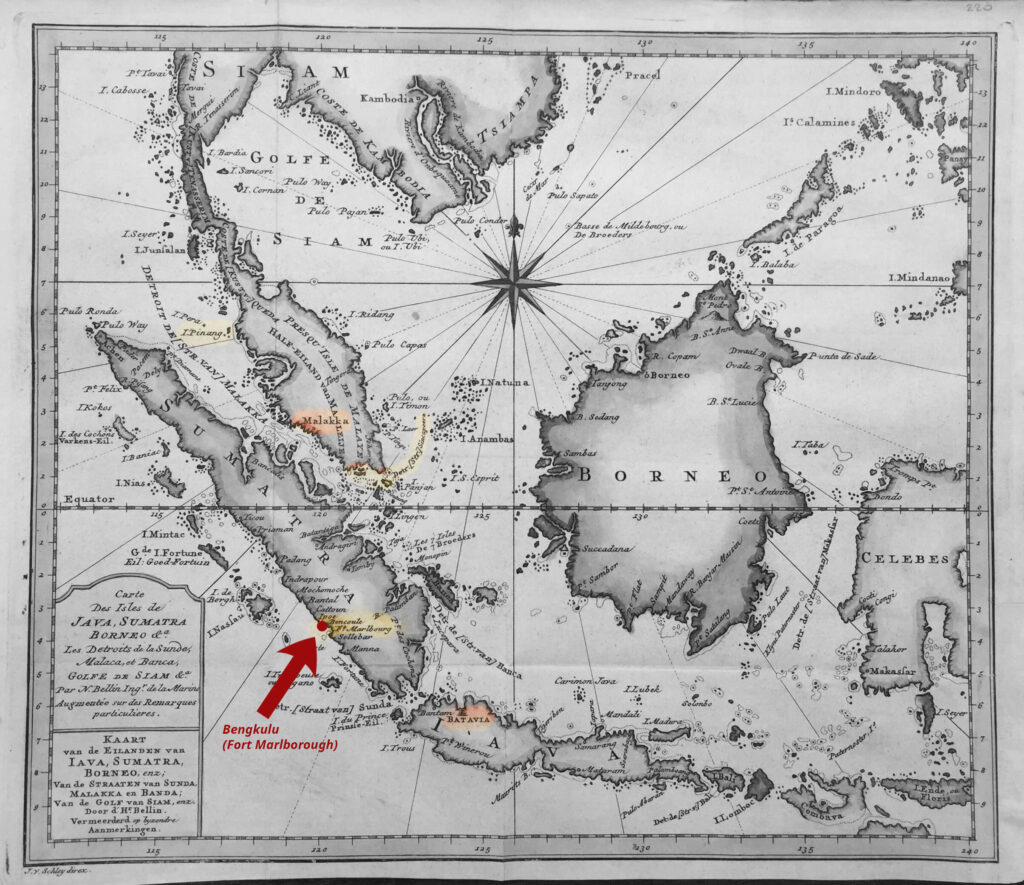
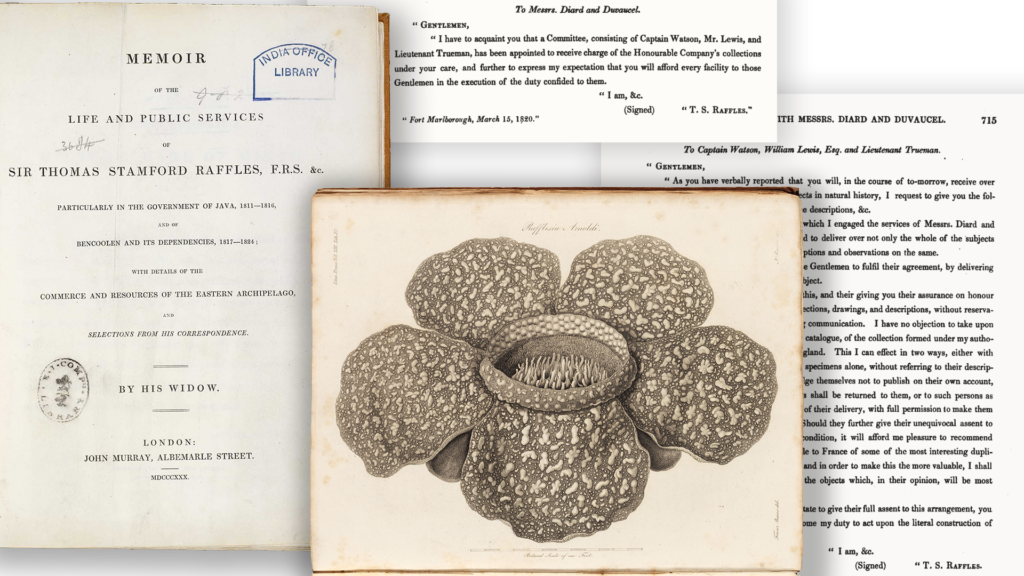
In 1818 Sir Stamford Raffles became Lieutenant-Governor of Bengkulu. When he arrived Bengkulu was in a bad state. There had just been a big earthquake, almost every building was distroyed. So he rebuilt the place. He also made many political changes, such as abolishing slavery. My ancestors worked with him at the EIC here. I’ve found many letters of their correspondance and other documents about them in the EIC’s archive and his memoires. He was very enthousiastic about the nature, culture and history of the Indonesian archipelago and wrote books about it. One of my ancestors (William) contributed to one of these books. Raffles also explored the ruins of a little-known Javanese stupa called Borobodur and made detailed records of the fabulous fauna and flora of Sumatra. During one of his expeditions in the area of Bengkulu a rare flower was discovered. It was named Rafflesia arnoldii after the guy who found it and Raffles. Later he founded Singapore.
After 1824 (the Anglo-Dutch treaty) Indonesia fell into Dutch hands. Some of my ancestors went to Malaysia with Stamford Raffles. And some of them stayed in Bengkulu, but started to work in other jobs (no longer connected to Fort Marlborough).
My first visit to Bengkulu in 2019
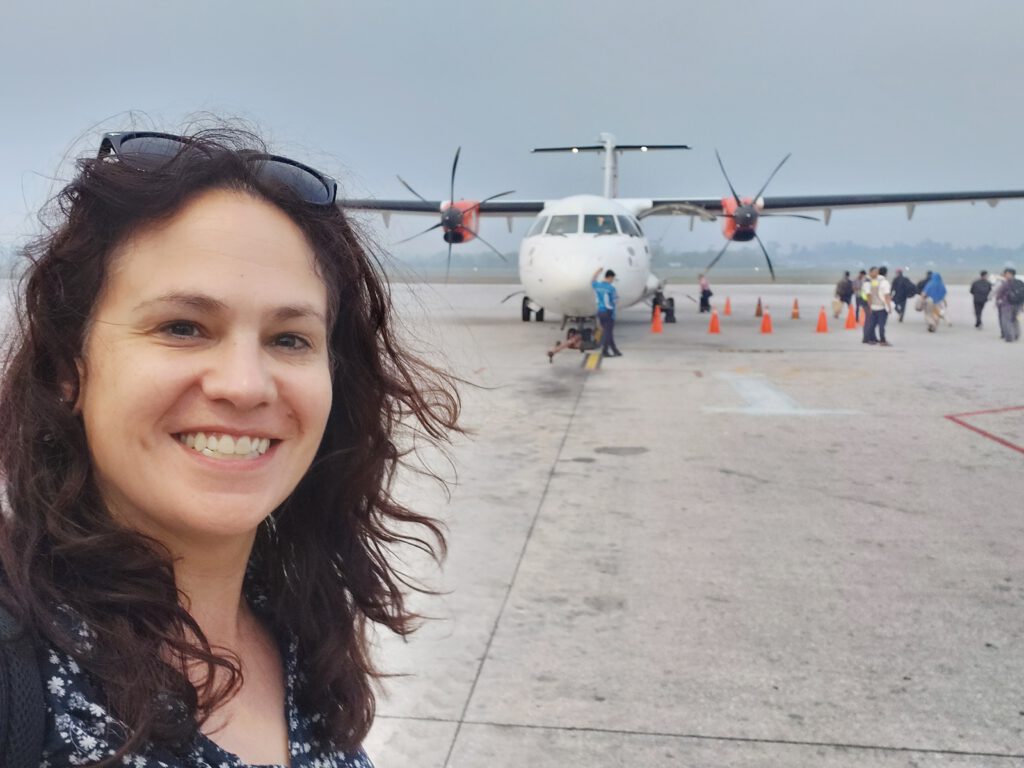
I flew to Bengkulu for the first time in 2019 in a little propellor plain. The view from the plane was very beautiful.
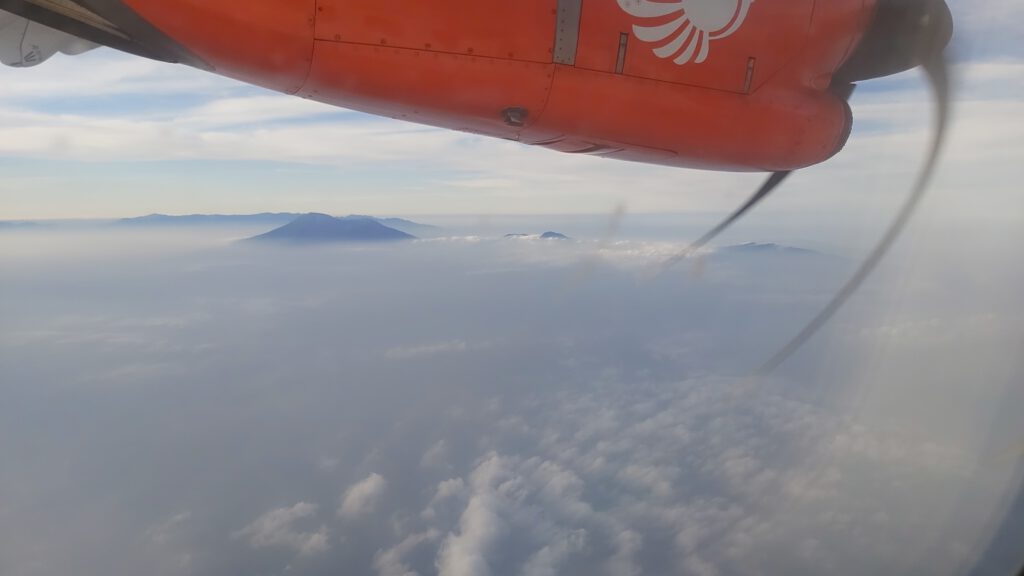
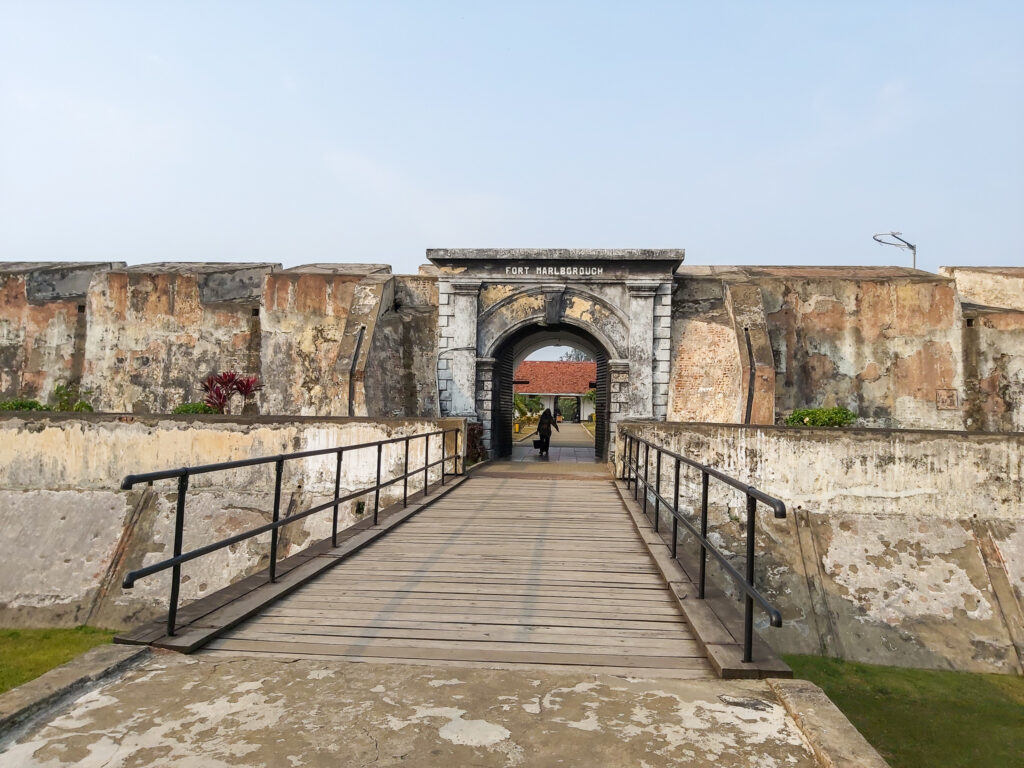
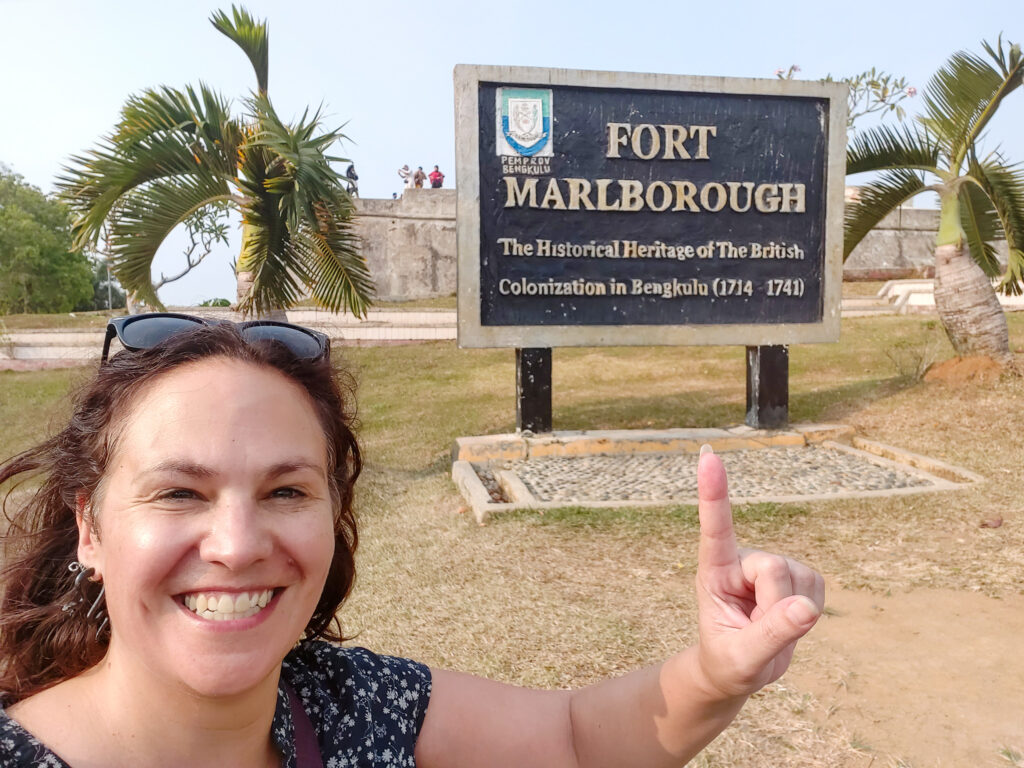
I was looking for my ancestors grave on the old British cemetary in Bengkulu, but couldn’t find it. After I was back in the Netherlands I found it on a map in an online archive. I relized I seen it without knowing it was my family’s grave. It had made a huge impression on me, because the thomb was so big and on the side it said that there are the remains of a 10 days old child inside. It turns out there are 3 more people inside, my ancestors.
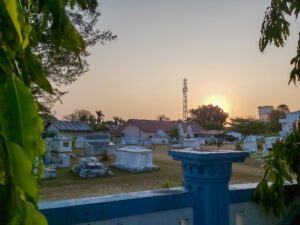
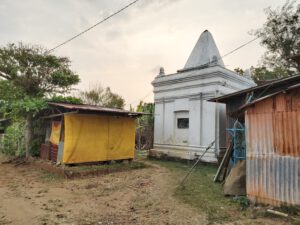
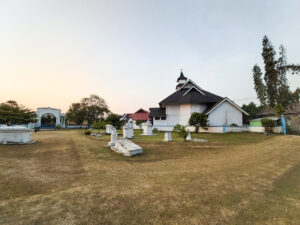
While I was in Bengkulu I also made a tour around the area and visited the annual festival, which coincidently took place the week while I was here.
My second visit to Bengkulu in 2022
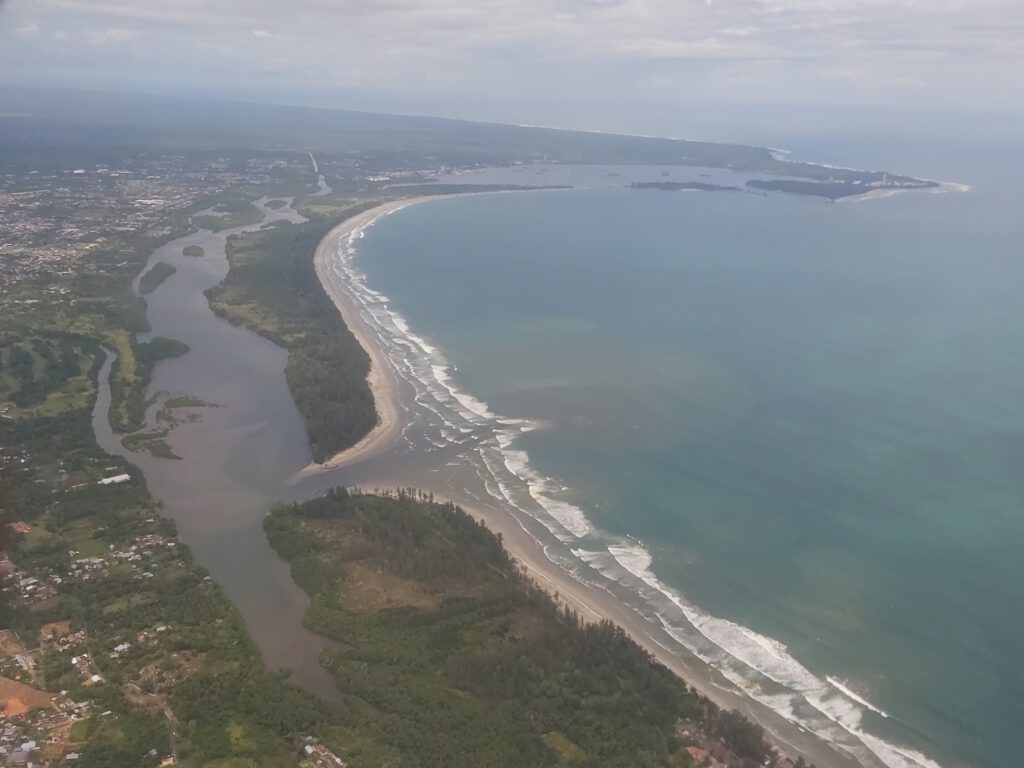
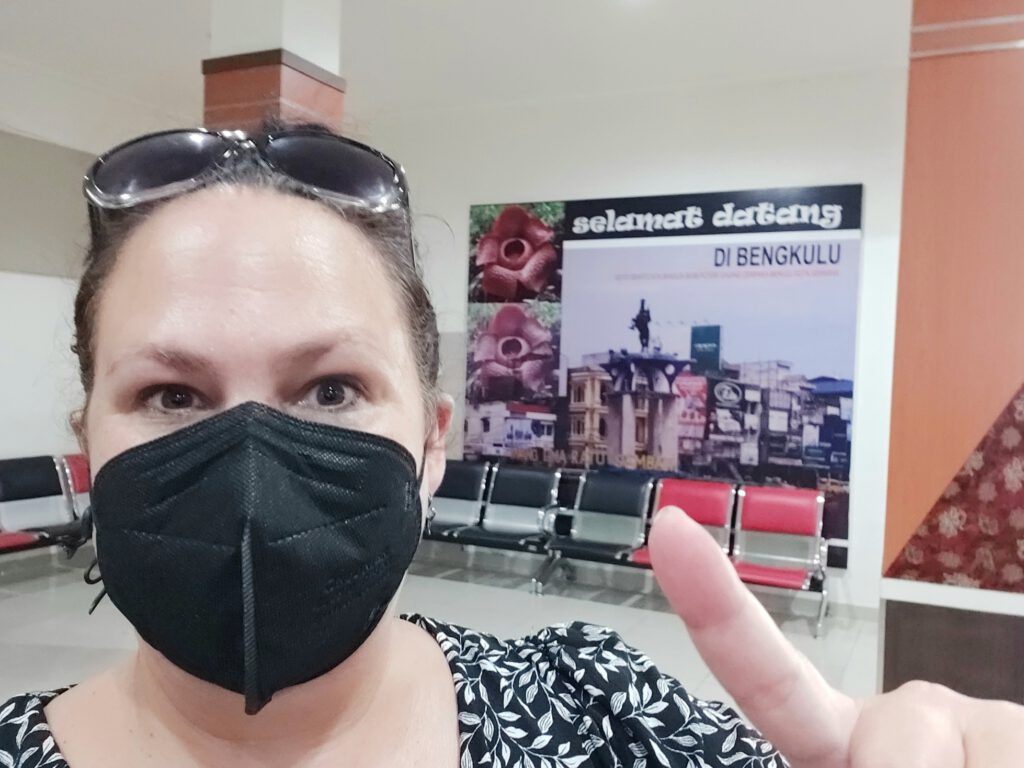
In 2022 I went back to Bengkulu to see my family’s grave. There was a woman from the museum at the graveyard, who invited me to the museum (which was closed that day), but unfortunately I didn’t have enough time to go this time. She and another woman who looked after the graveyard accompanied me to the grave thomb. It made a huge impression on me.
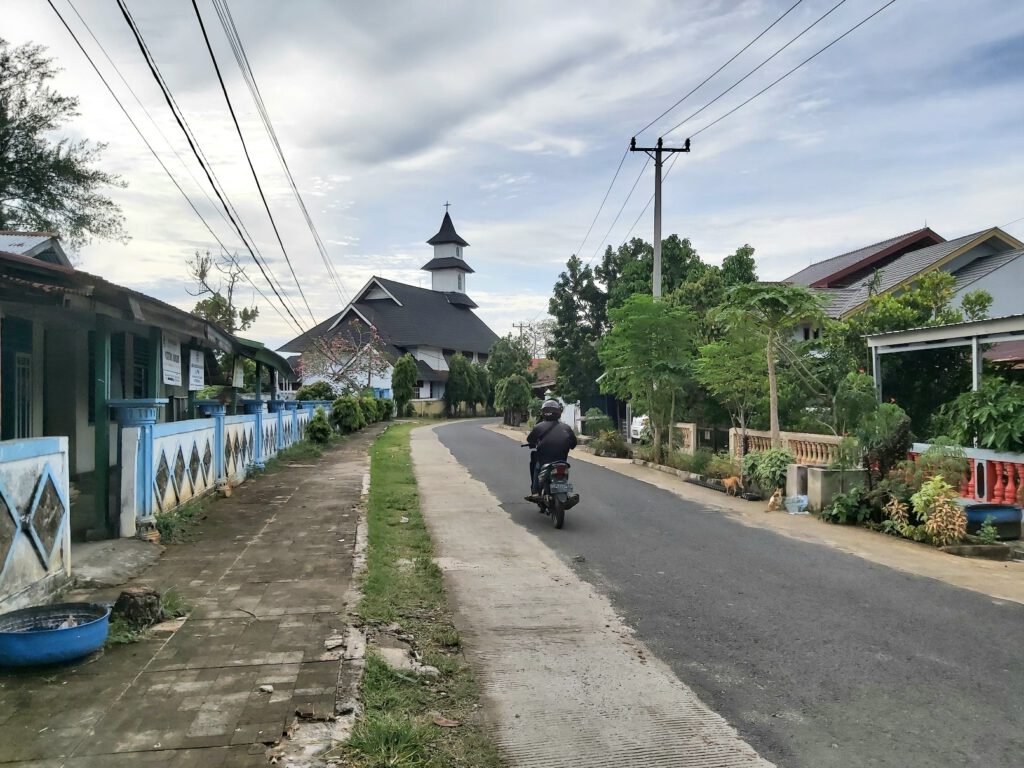
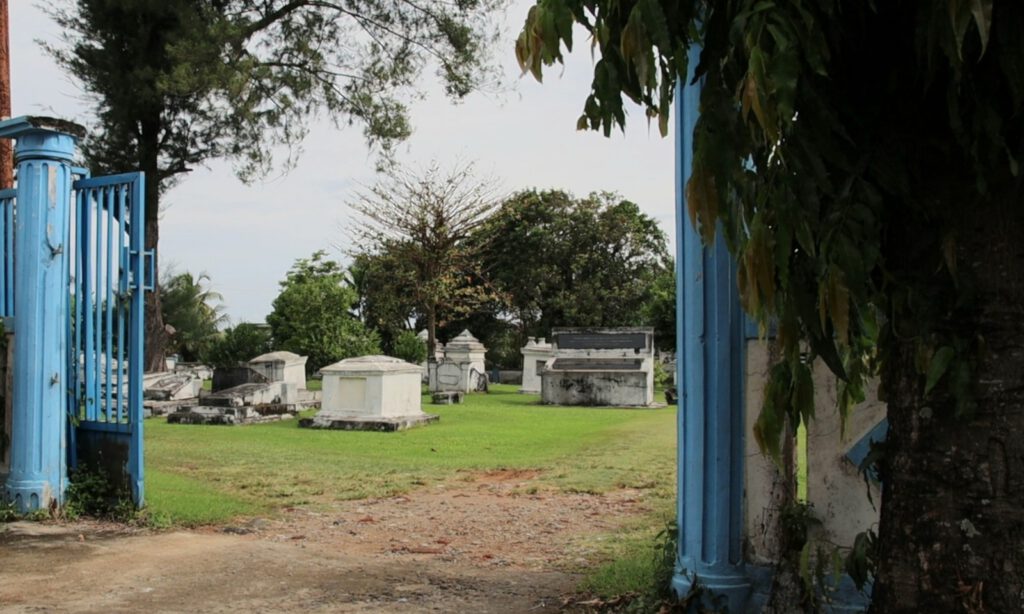
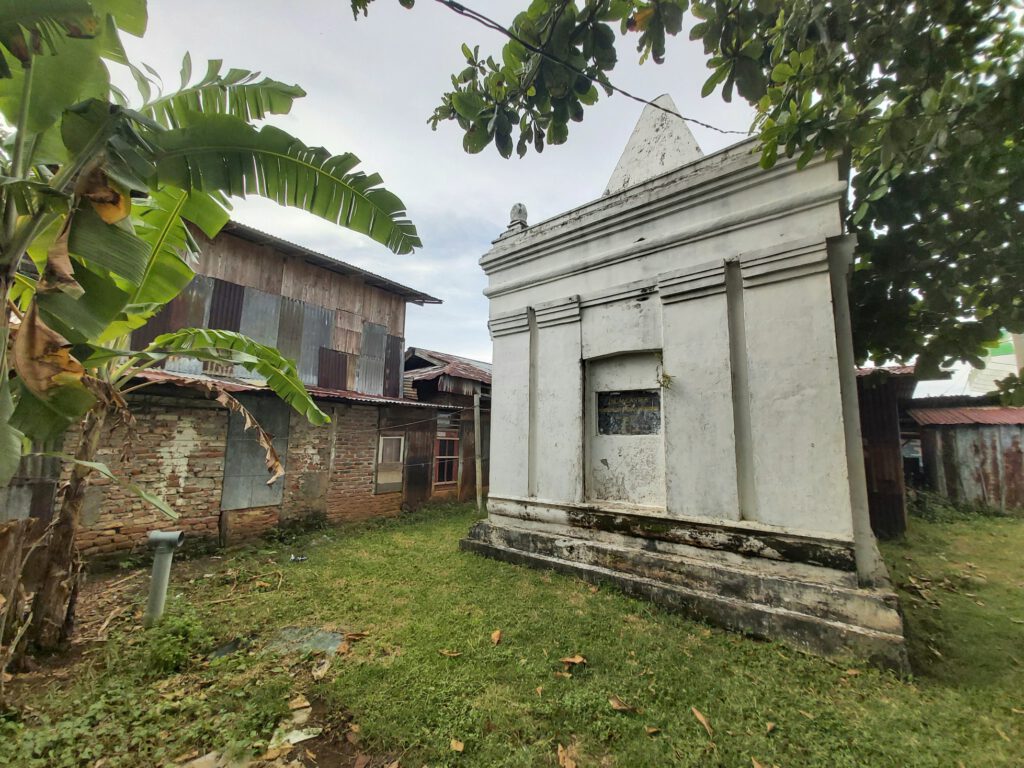
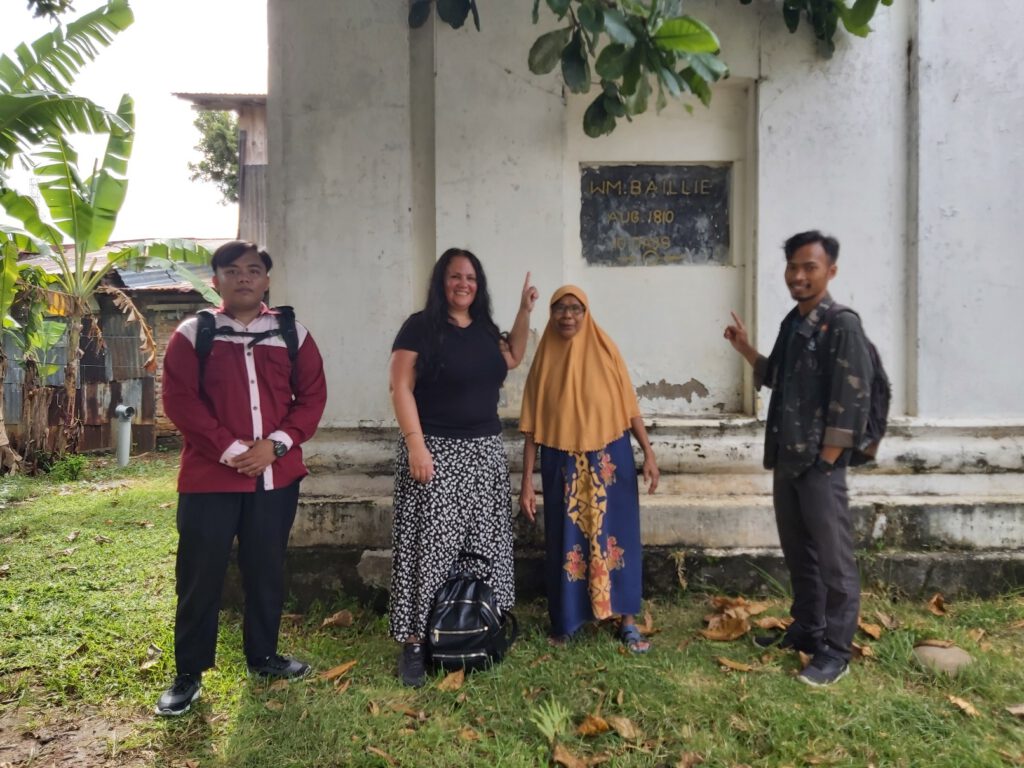
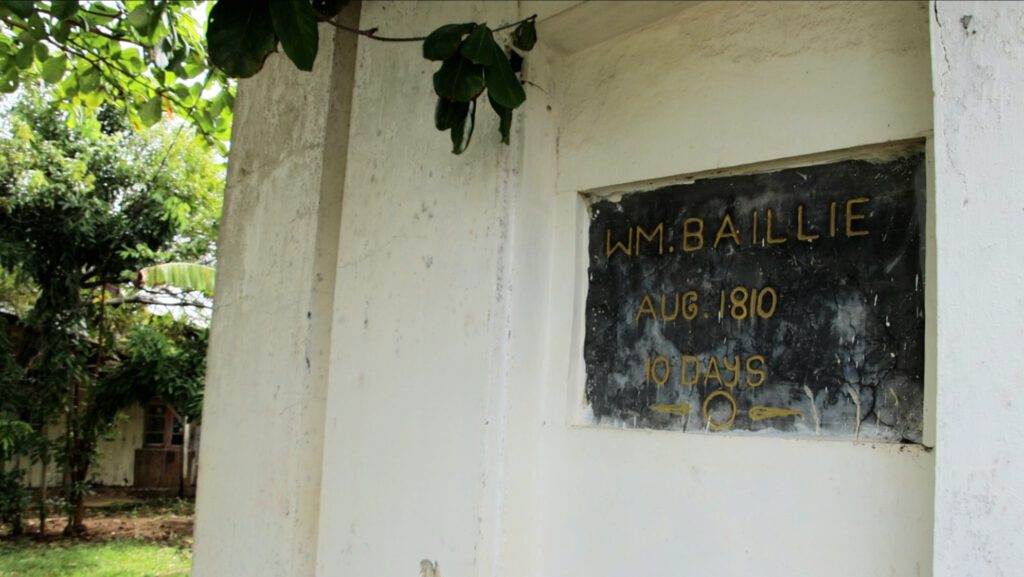
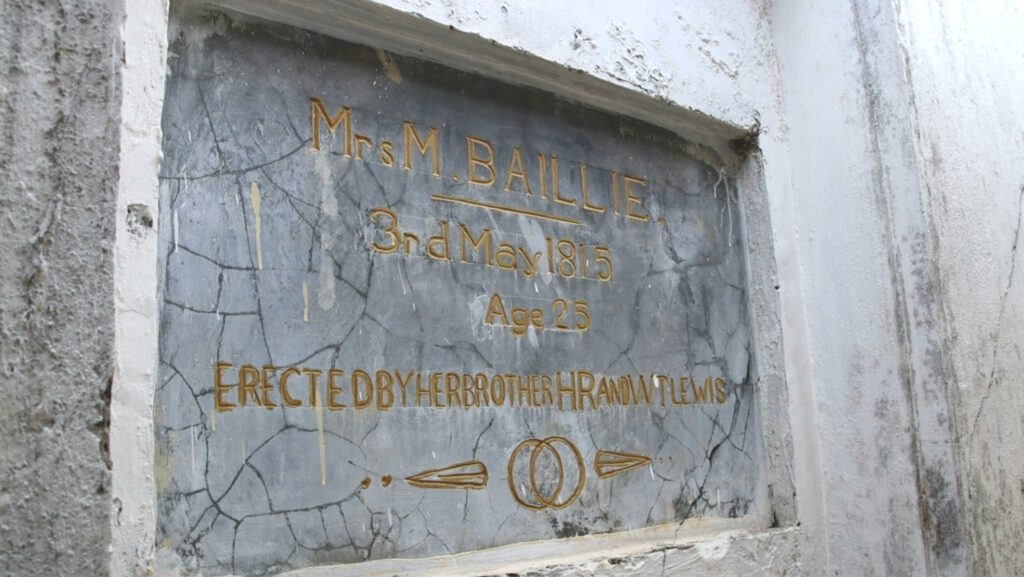
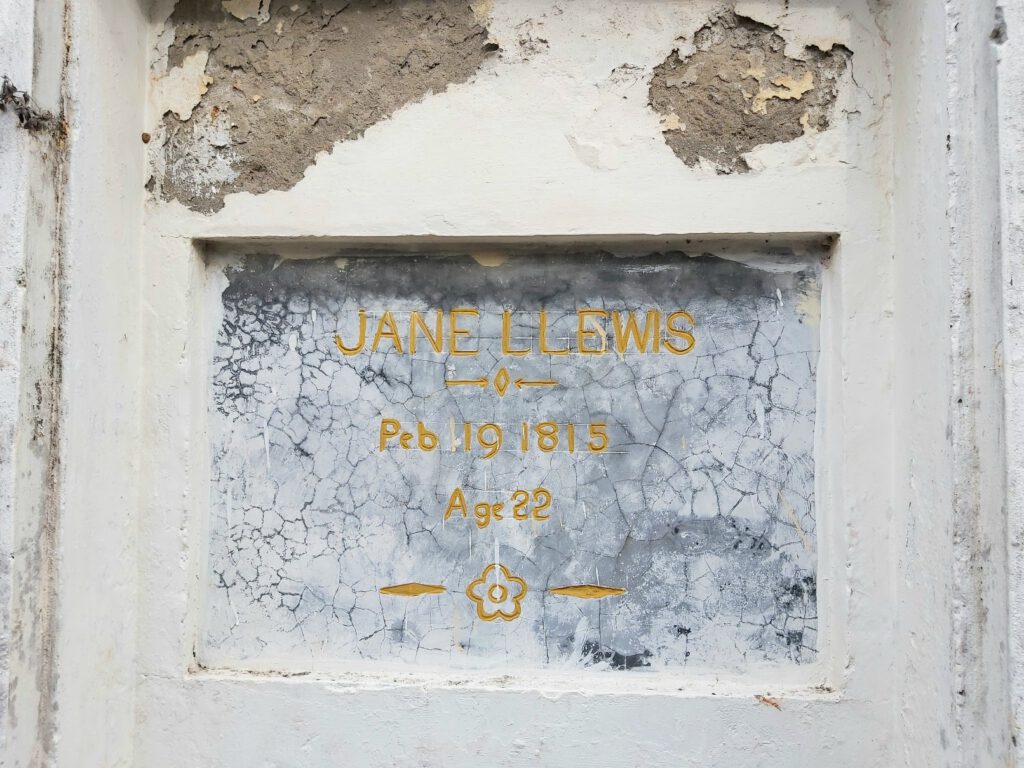

I’ve also visited Fort Marlborough again. Now that I speak bahasa Indonesia I could talk to the people here and they were happy to hear that I’m a descendant of brothers, sister and father who worked and lived here from around 1781 ’til 1824. I also coincidently met a man here who is a descendant of the Arnoldii who discovered the famous flower Rafflesia Arnoldii.
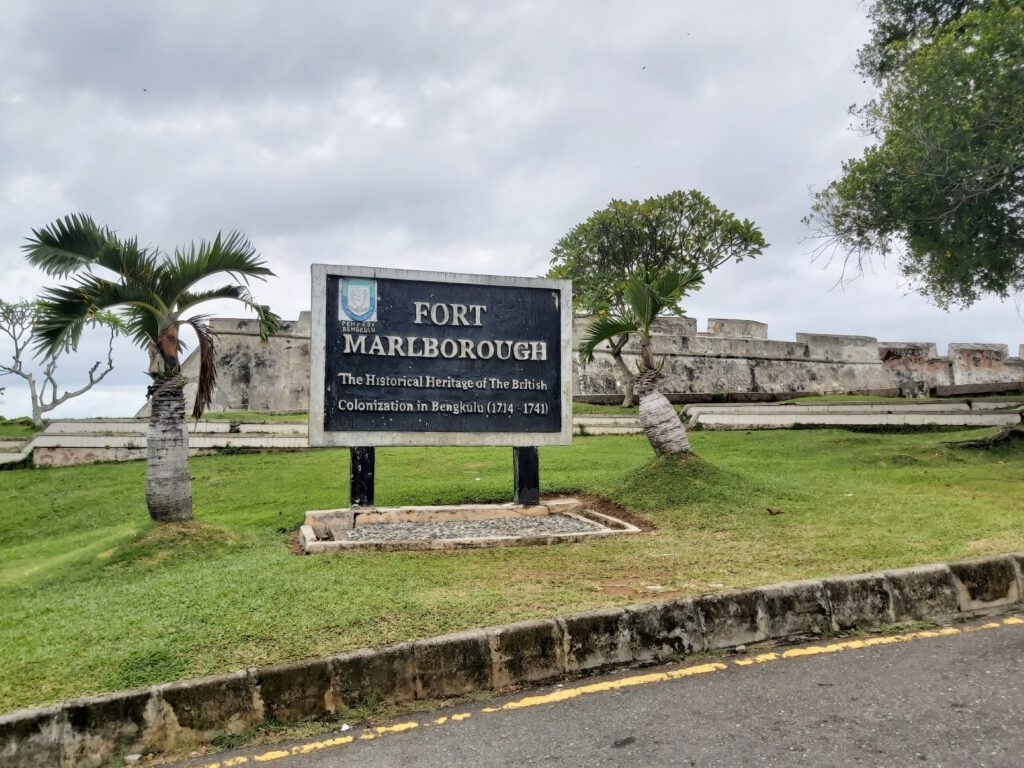
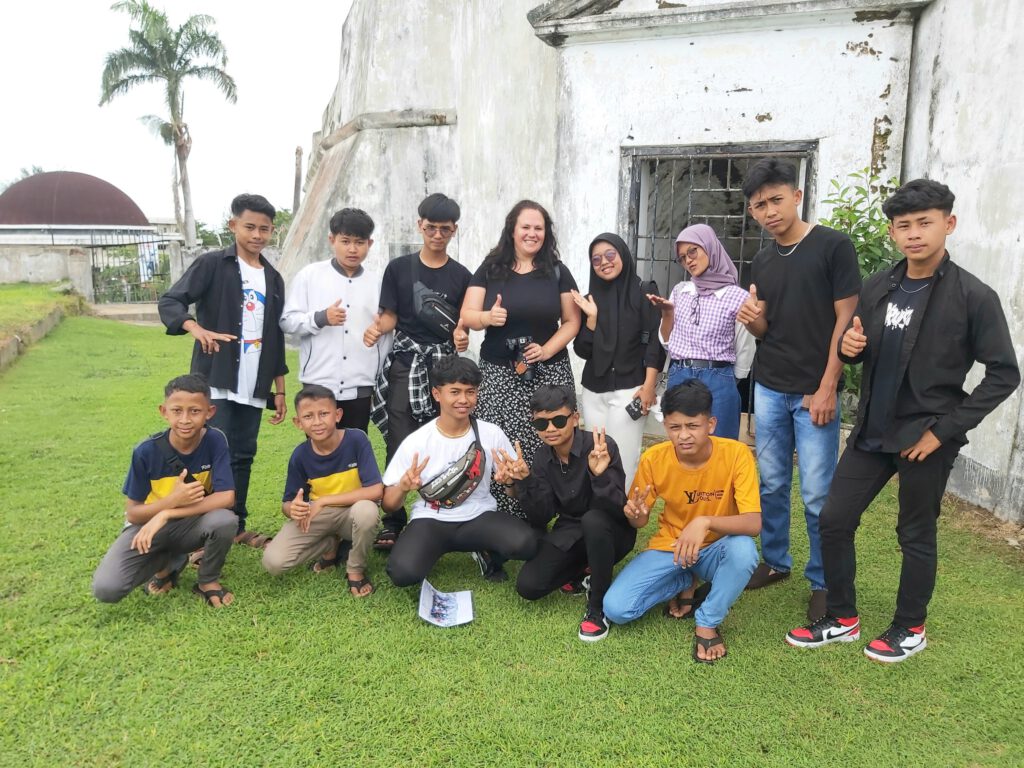
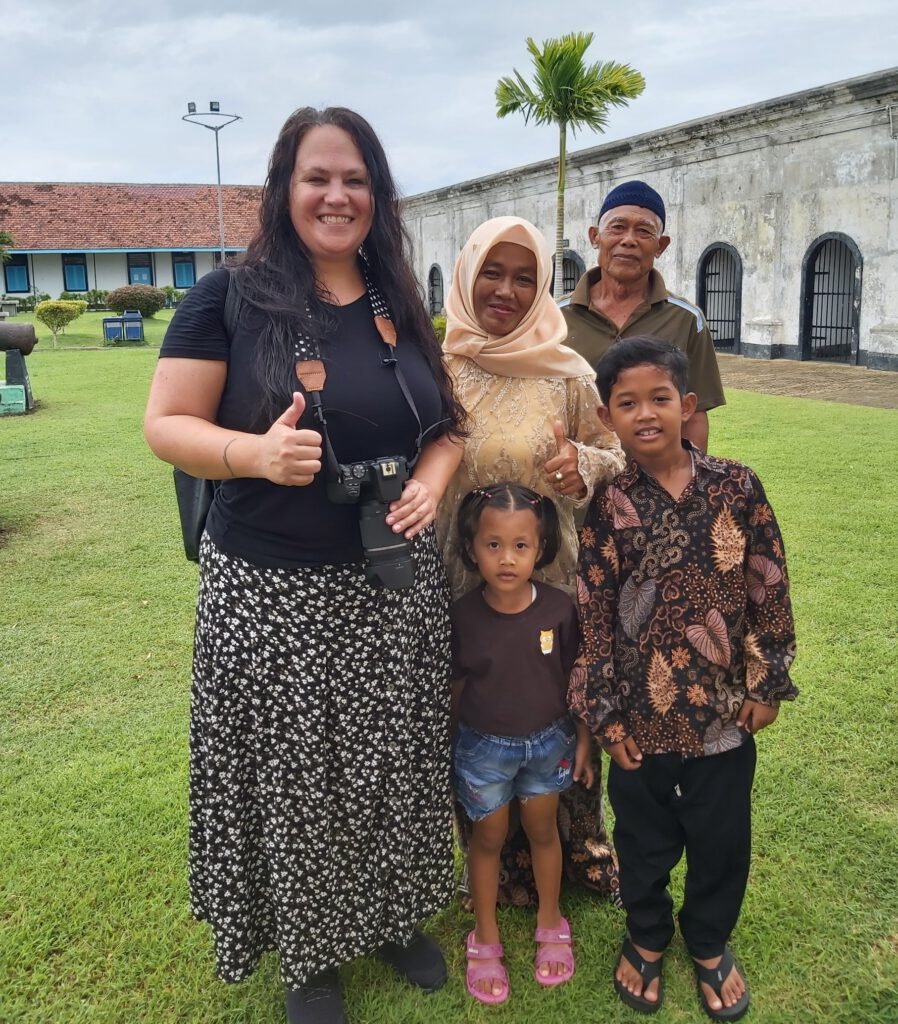
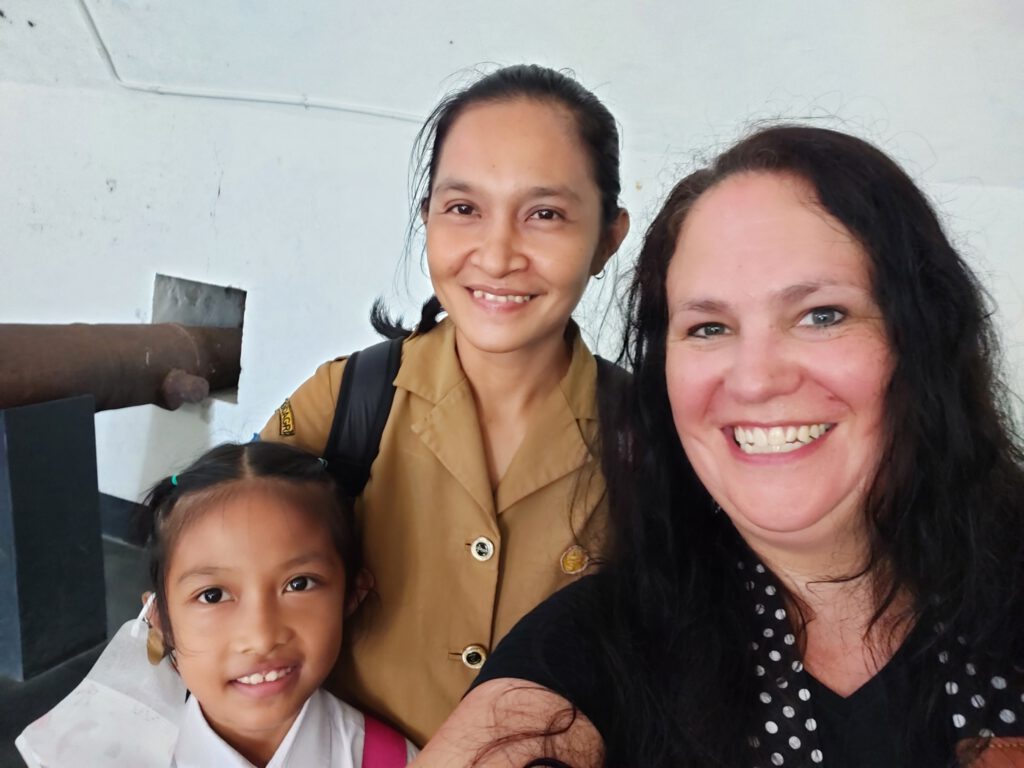

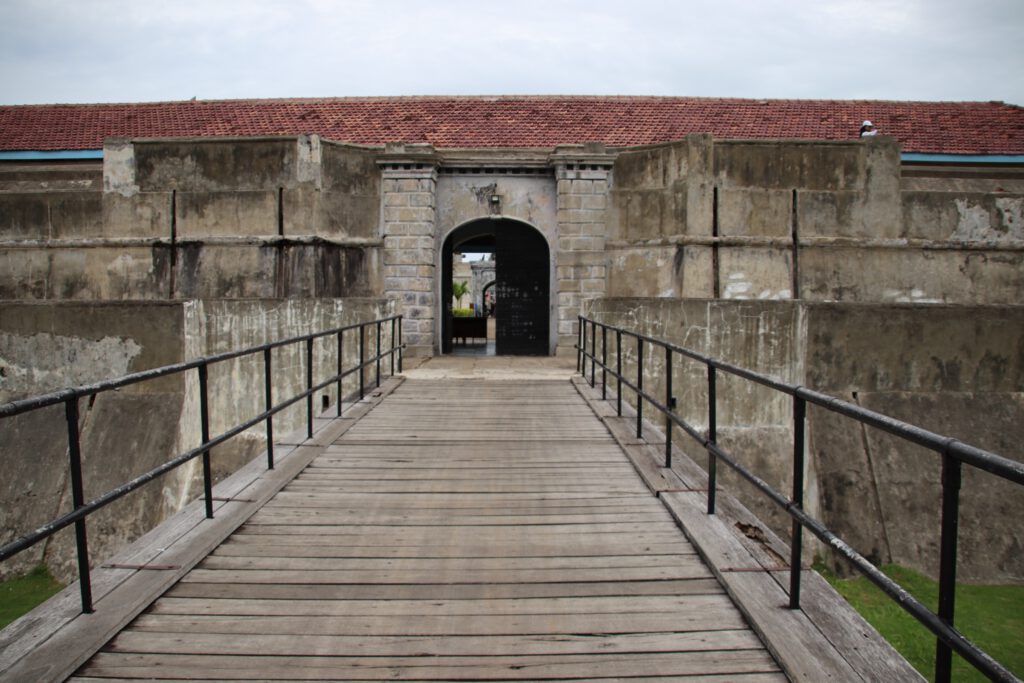
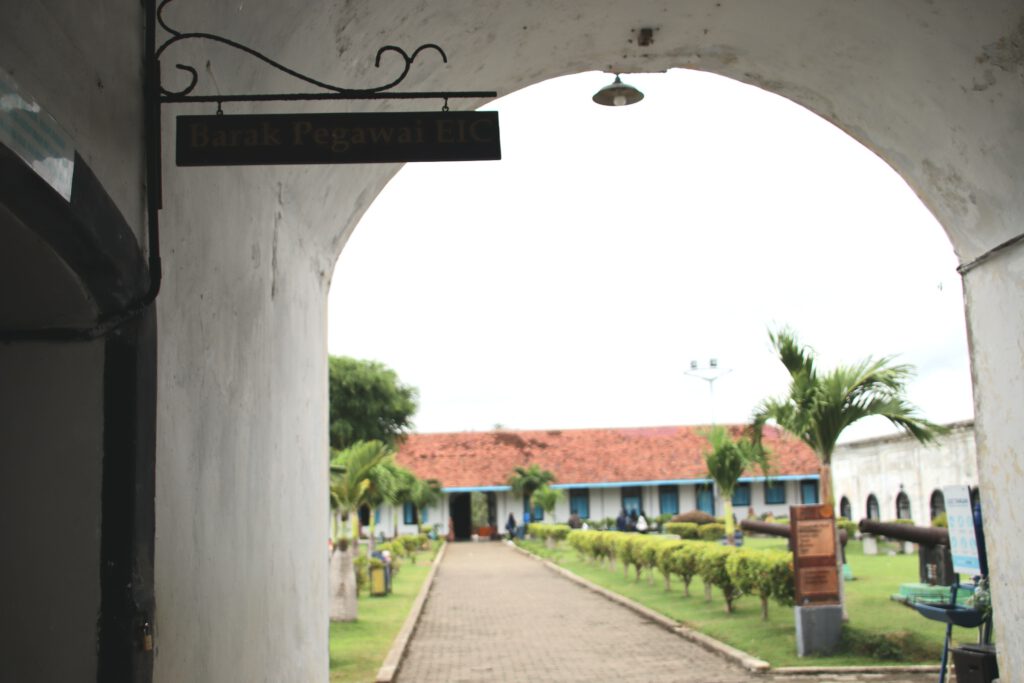
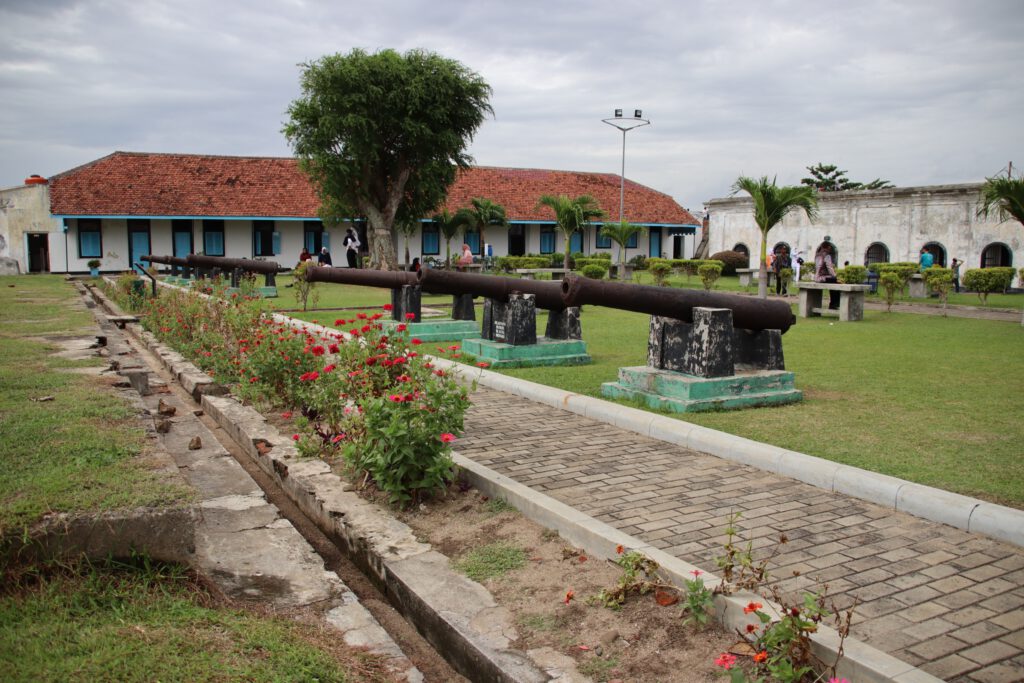
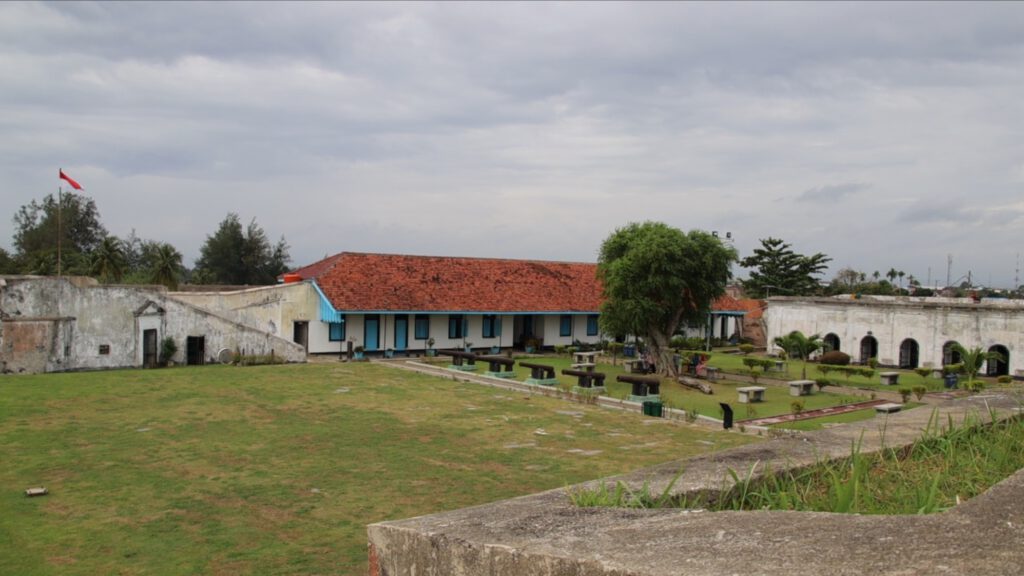
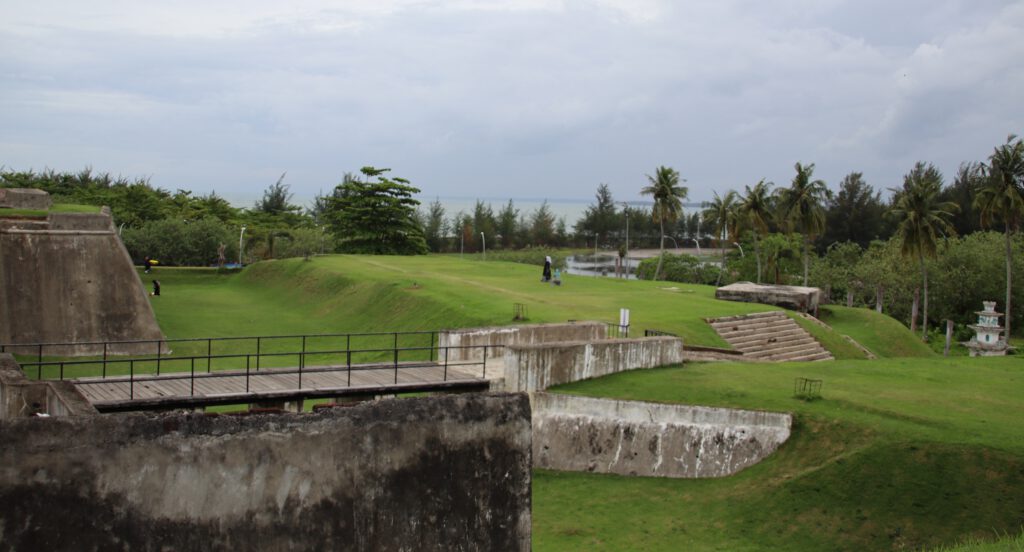
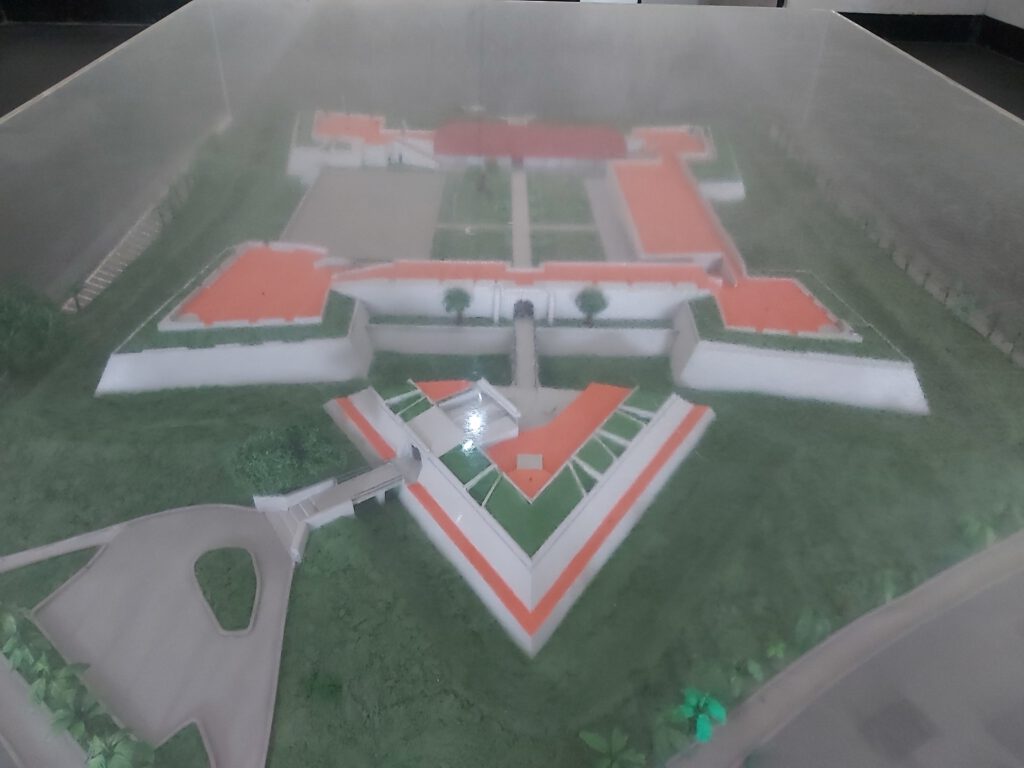
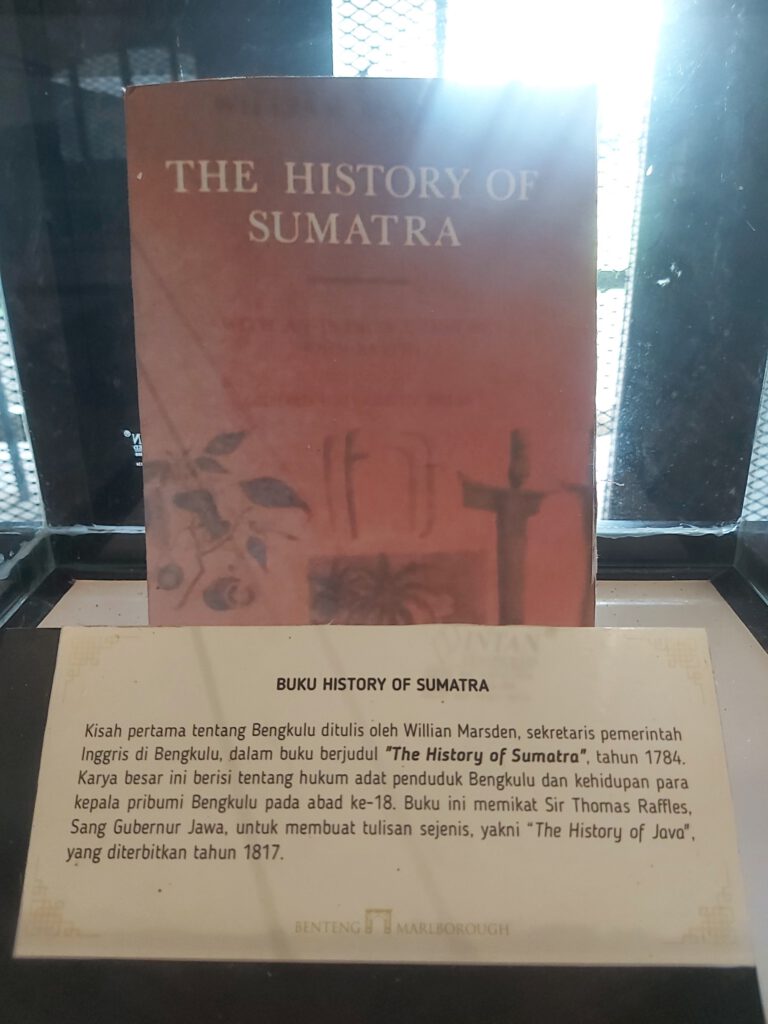
After visting the fort, I walked around town. I saw the town house, which was built by Stamford Raffles and he used to live here. The gate is decorated with the Rafflesia Arnoldii flower.

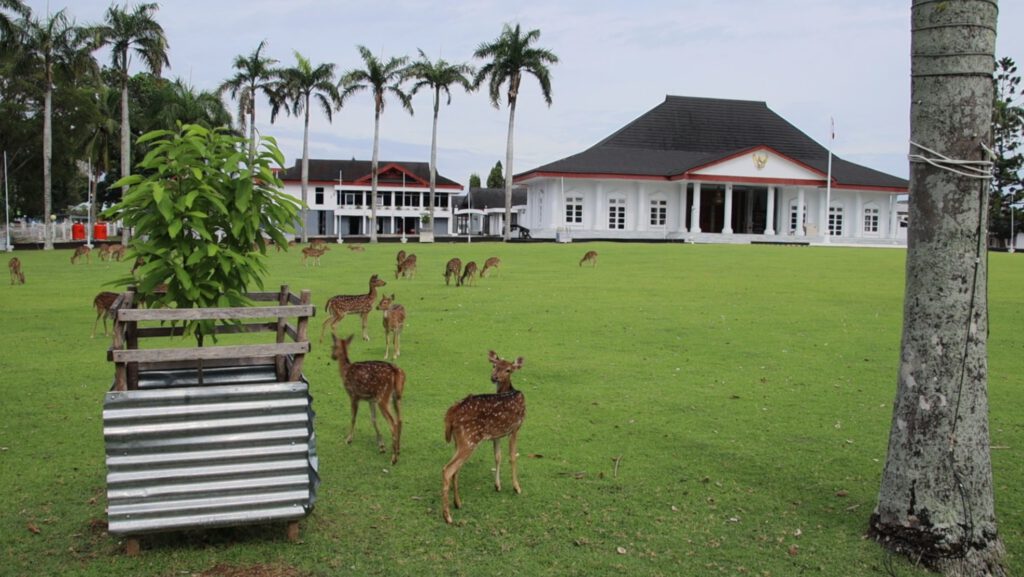
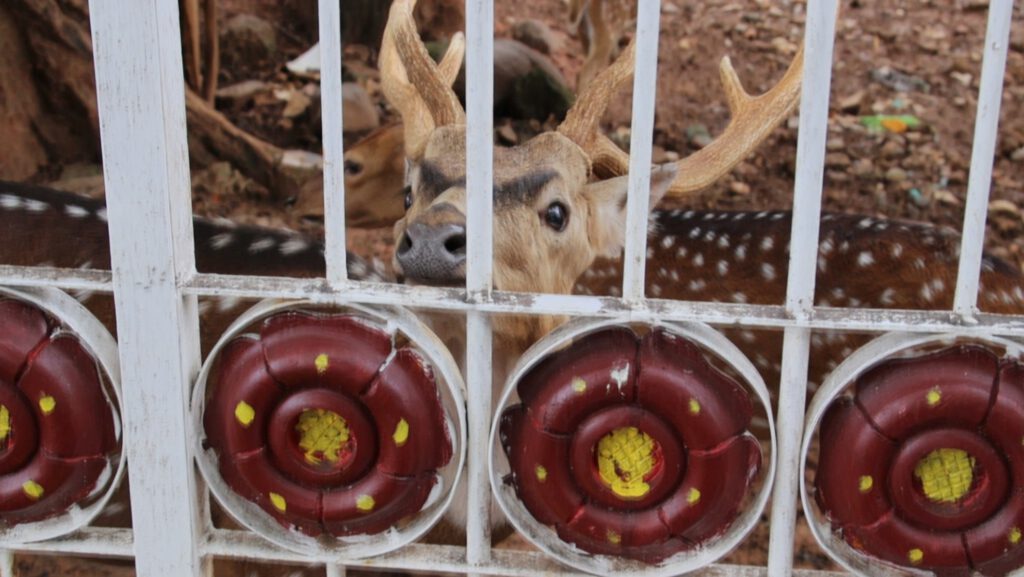
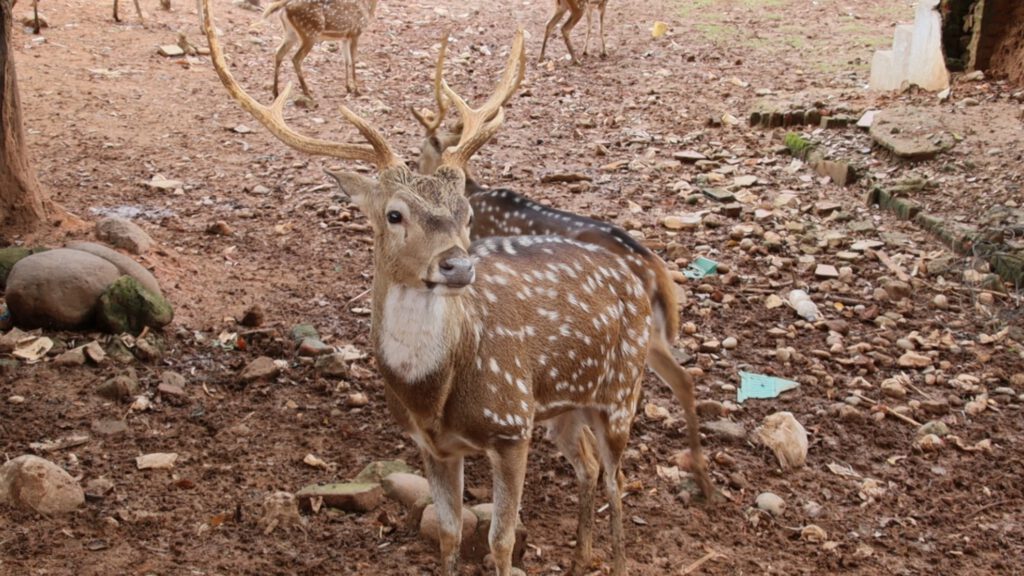

I also walked by the house of Ibu Sukarno, but didn’t have enough time to go inside. I did have time to see more very beautiful beaches in the area.
